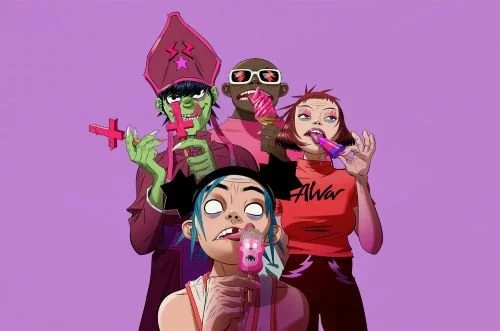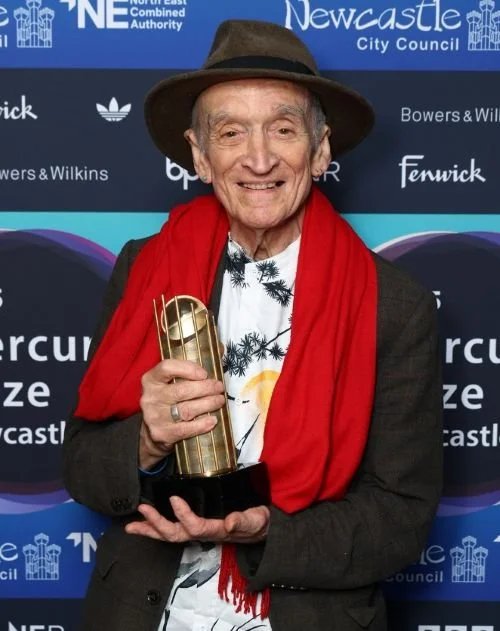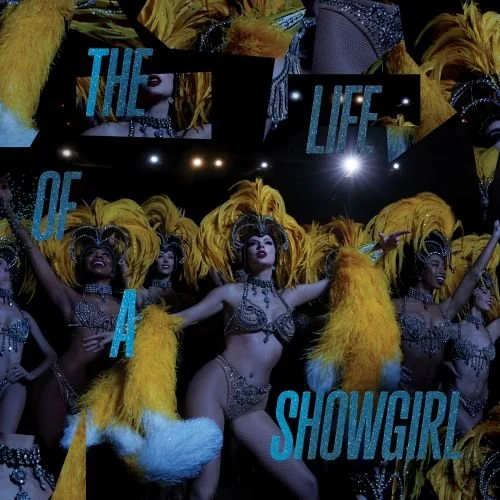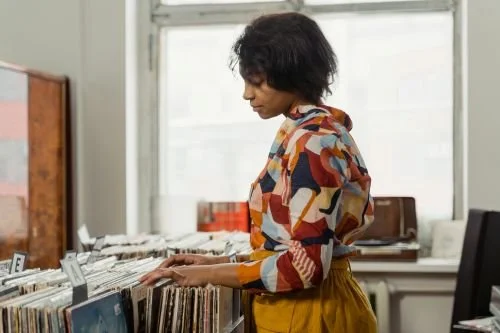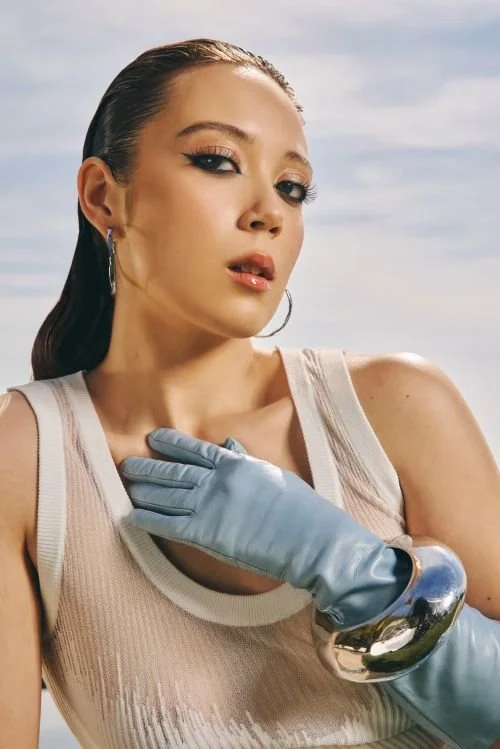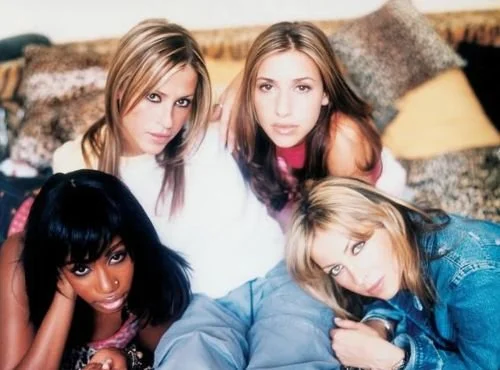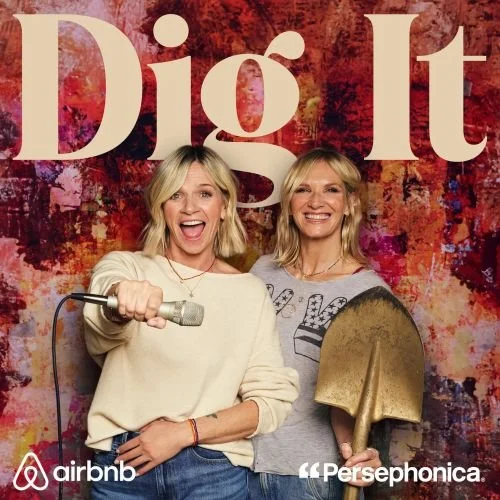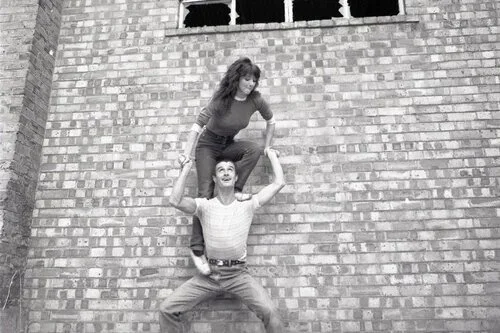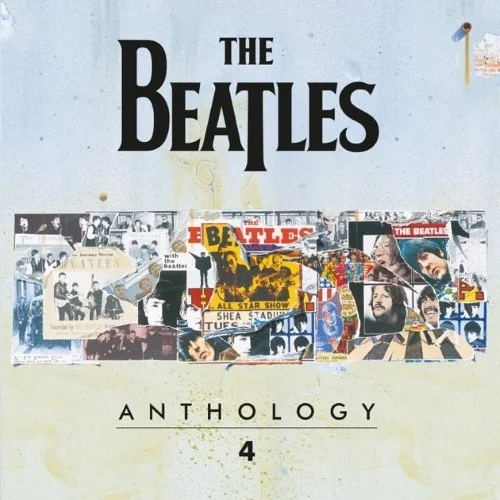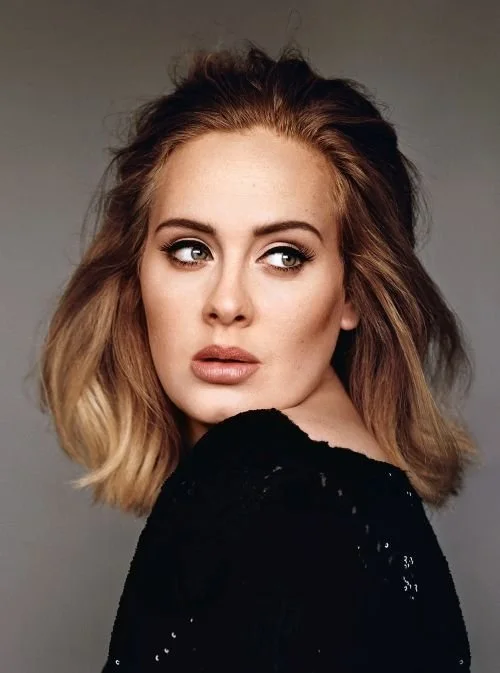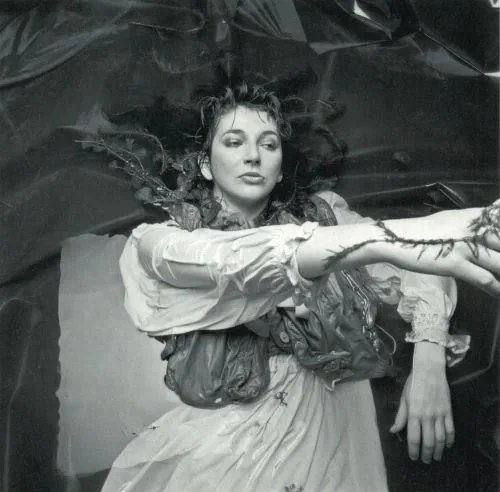Earlier this year, Catherine Marks shared on her Instagram account that she had been diagnosed with cancer. Having lived with pain for years, the news was both a relief and a huge shock. I am not sure whether she has been given the all clear or is still living with cancer. However, it was a very powerful and personal post that led to a wave of love and support. I have see recent posts where she does appear to be back in the studio and working. I hope that she is almost back to full health, or at least is in a position where she can work without that many obstructions or pain. I am going to bring in parts of an interview from November 2024 from Music Week. One of the winners of that year’s Women In Music Awards, Catherine Marks discussed how women as producers have their achievements politicised rather than celebrated. She was asked if there are enough resources to support women and encourage them into production and studios:
“Catherine Marks is a force of nature, one of the music industry’s most highly-regarded producers, and this year’s winner of the Music Week Women In Music Awards Music Creative honour.
With a career that has so far spanned over 20 years, Marks has been renowned for her work in the studio as a producer and mixer, as well as a campaigner, advocating for better recognition of female producers.
"There are a lot more of us than people seem to think!" she stated, in an interview with Music Week earlier this year.
When you spoke to Music Week earlier this year, you said that you were frustrated with how women’s achievements are often politicised rather than celebrated. What can the business be doing more of to shift the focus onto inspiring women instead of tokenising those in more senior roles?
“That’s the issue, I feel like the women who already exist in the industry and have been working hard for a long time, they haven't been celebrated enough, there was always a lack of that. If you don’t educate everyone in the industry that there are incredible women working in it, then young people don’t know about them, and you can’t be what you can’t see. I felt that, while it is so important to carry on the conversation about why there has been a barrier for women who want to enter into this side of the industry, acknowledging those who have had success in their career – of which there are so many globally – is needed. When I first started, there were women who had been there before me, but there weren’t any I knew of. As time went on, there were more entering the industry, but it takes time to build a profile, so of course people were still not aware of them. Now, however, there are women who do have a profile and are making significant gains, so if we celebrate them – whilst talking about the work that can be done to bring in the younger generations – that will help. It’s so important that the decision makers, the managers and the record labels are aware of those producers, songwriters, creatives who are available. But the culture is definitely shifting, which is great.”
Do you think there are enough resources in place to support young female producers coming up nowadays?
“I hope so, I think we’re living through a shift. But again, it’s about showing the representation and, ultimately, in order to have a career you need to have access to particular projects. Especially for myself, I’m not an artist, record labels, managers and artists come to me to make records, and that’s because they’re aware of me, so it’s all about making people aware of all the others who are around. It’s also about how you access that situation. It’s an ongoing thing, but having award shows like this are really important because it’s a celebration of how far we’ve come and what we’ve achieved, and also just a lovely experience to be in a room of all these incredible women.”
You’ve previously spoken about how, when you were coming up in the industry, you didn’t want to step on people’s toes or seem overconfident. How did you establish a more confident voice in your work?
“I wonder if it was a combination of a lot of things – one being that I was very inexperienced in the industry and, coming from an architecture background to making tea in studios, I thought that I had to be invisible to be able to learn. Then, as my experience grew, as did the industry, there was this natural shift where I started to feel really confident in what I was doing and what I could deliver. I remember someone telling me to always be myself, and for a long time I felt like I could only show a little part of myself, but because I live in the studio, it’s a hard thing to put on an act, and in the end I did just have to be me! I work with people now who I love and are inspiring, which allows me a real sense of personal freedom.”
What is the key piece of advice you would give to younger creatives entering the industry now? Is there anything you wish you’d known when you started out?
“This industry, as I imagine a lot of industries are, is a trust-based one in that even if your role is just making tea, it’s so important that you get that right and put as much passion into it as you would if you were a producer. It’s also such a unique environment, often you’re working long hours in a small room with a core team. Thankfully, there is a lot more mental and physical health support and awareness of peoples’ lifestyles now, but even so, your role is always significant and you often can't 'call in sick'. This business is small and it is about building a reputation. That's something I didn’t know that when I started out, I was just like, ‘Goddamnit, I’m making tea!’ or ‘I’m just hoovering!’ But those things are important, and people pay attention”.


